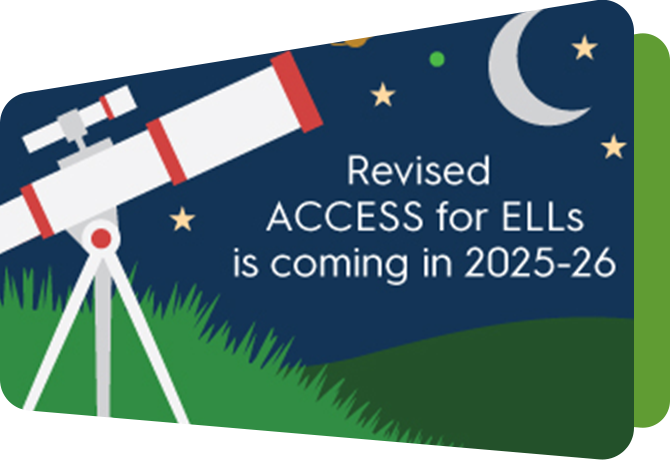Resources/Recursos
Featured Resources



All resources/Todos los recursos
Filter resources by:
Resources/Recursos
Shifting Mindsets to Grow Awareness
Delve into this resource to consider your beliefs about family and community engagement and to identify a shift you would like to make in your practice. For more context around this resource, please visit the Awareness in Action Snapshot.
Resource Details View Download NowReleased August 2025
Mapping Community Assets and Resources
Use this resource to map the community assets and resources in your setting. What would your school or district map look like? For more context around this resource, please visit the Awareness in Action Snapshot.
Resource Details View Download NowReleased August 2025
Gathering Community Information: Reflecting On and Using What You Learn
Use this resource to inform and support your family and community engagement practice. For more context around this resource, please visit the Awareness in Action Snapshot.
Resource Details View Download NowReleased August 2025
Video: Shifting Mindsets to Grow Awareness
Explore this video that features three WIDA Fellows discussing how they have developed a deeper understanding around authentic family and community engagement, leading to shifts in their beliefs and practices.
Resource DetailsReleased August 2025
Video: Community Support and Advocacy for Multilingual Families
WIDA Fellow Madison Leech discusses how her school partners with families, community members and community organizations to network and map community assets and resources in support of multilingual families.
Resource DetailsReleased August 2025
Video: Spanish Story Hour
Engage with this video to learn how educators and families in one district collaborated to offer a resource for families that previously was not available — a Spanish story hour at the local library.
Resource DetailsReleased August 2025
Video: Teachers as Ethnographers
In this video, Diep Nguyen invites teachers to become ethnographers. Engage with this brief video to inform and strengthen your practice.
Resource DetailsReleased August 2025
Video: Introduction to Awareness
Engage with this brief introductory video to reflect and deepen your knowledge about awareness- one of the six ABC’s of Family and Community Engagement. For more context around this resource, please visit the Awareness in Action Snapshot.
Resource DetailsReleased August 2025
Avenues for Advocacy: Individual, Local, State and National
Explore this tool, which introduces three avenues for advocacy — individual, local, and state/national — with example actions in each. For more context around this resource, please visit the Advocacy in Action Snapshot.
Resource Details View Download NowReleased August 2025
Video: Abogando for Your Child
In this brief video, the mother of a multilingual learner discusses how she collaborated with her child’s teacher and other school staff to advocate for her child.
Resource DetailsReleased August 2025
Video: Families and Educators Advocating at School
In this video, Maggie Karr, a family advocate, shares how she collaborates with families and her colleagues to promote a culture that welcomes and supports family advocacy.
Resource DetailsReleased August 2025
Video: A Sample Teacher-Parent Conversation
This video models a supportive conversation between a teacher and a Spanish-speaking parent to show how educators and families can advocate for inclusive practices that center family perspectives. The video features people speaking in Spanish.
Resource DetailsReleased August 2025
Video: Introduction to Advocacy
Engage with this brief introductory video to reflect and deepen your knowledge about advocacy- one of the six ABC’s of Family and Community Engagement.
Resource DetailsReleased August 2025
Vignette: Building Trust Through Conversation and Action
This vignette demonstrates how a multilingual learner school-community liaison builds trusting relationships with multilingual learners and their families and communities. For more context around this resource, please visit the Building Trust in Action Snapshot.
Resource Details View Download NowReleased August 2025
Monthly Coffee Chats: Building Trust With Multilingual Families
This resource offers guidance for starting and sustaining monthly coffee chats with families of multilingual learners. Use the information to get started with coffee chats in your context or to reflect on similar activities that you already do. For more context around this resource, please visit the Building Trust in Action Snapshot.
Resource Details View Download NowReleased August 2025
Video: Building Trust With Coffee Chats
In this video, WIDA Fellow Pushpanjali Sengupta shares how she has built trust through dialogue and action in ways that center multilingual families’ voices.
Resource DetailsReleased August 2025
Video: Building Trust in the Car Line
In this video, WIDA Fellow Madison Leech shares how her school has formed and sustained trusting relationships with families in the car line during pick-up and drop-off.
Resource DetailsReleased August 2025
Video: Introduction to Building Trust
Engage with this brief introductory video to reflect and deepen your knowledge about building trust – one of the six ABCs of Family and Community Engagement.
Resource DetailsReleased August 2025
Video: Voices of Families Part I
In this video, multilingual families and their children share about building trust through care, mutual respect and cultural and linguistic humility.
Resource DetailsReleased August 2025
Video: Voices of Families Part II
In this video, multilingual families share about building trust with educators through believing in each other’s skills and knowledge, and showing integrity and follow-through.
Resource DetailsReleased August 2025




